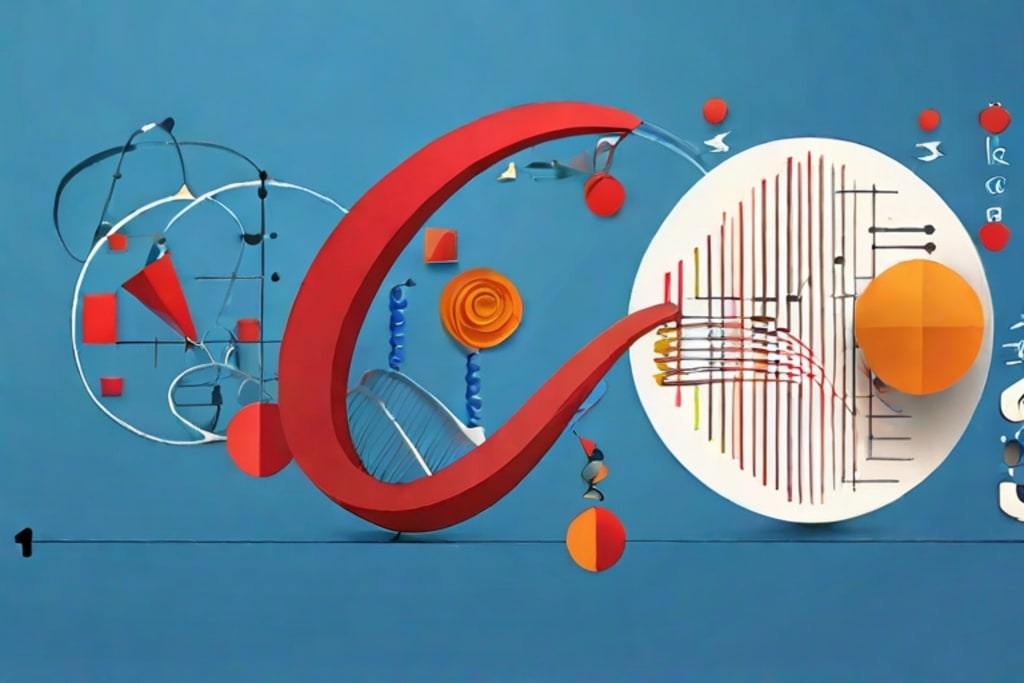
Three Essential Mathematical Concepts—Integration, Integrals, And Algebra—Each With a Unique Function and Related Applications. These subjects are essential for comprehending complex mathematical theories and resolving real-world issues in a variety of disciplines, including economics, engineering, and physics. This synopsis discusses the fundamentals of each idea as well as its applications and importance.
The Basis of Mathematics is Algebra
A subfield of mathematics known as algebra deals with symbols and the rules that govern their manipulation. It is crucial for comprehending mathematical relationships and solving equations, and it forms the basis for many other branches of mathematics. Variables, constants, coefficients, expressions, and equations are the main elements of algebra.
Constants and Variables:
Constants are known values, and variables are represented by letters like x, y, or z. Constants are stable values such as 2, − 5, or 〽 π.
Algebraic expressions and equations consist of variables,
constants, and operators (like +, -, *, and /). A assertion that two expressions are equal is called an equation. For example, 2 ⁰ + 3 = 7 2x + 3 = 7.
Equation solving:
The main objective of algebra is to solve equations by determining the values of the variables that allow the equation to hold true. Among the methods are factoring, the quadratic formula, and the application of the balance and substitution principles.
Integrals and Integration:
Fundamental Calculus Concepts
Calculus is the branch of mathematics that analyzes change and motion, and integration is a fundamental idea in that field. Integrals, often known as the area under a curve, show the accumulation of quantities.
Integrals can be divided into two categories:
definite and indefinite. The definite integral, represented as ∑⁽⁽⁽ (⁰)
The area under the curve ⁰ (⁰) f(x) from ⁰ = ⁰ x=a to ⁰ = ⁰ x=b is represented by the formula ⁰ ⁰ ∫ a b f(x)dx. The indefinite integral, represented by the symbol ∑⁽ (⁽)
The family of functions represented by ⁰⁽∫f(x)dx has derivative ⁛(⁽) f(x). It contains the integration constant, C.
Theorem Fundamental to Calculus:
This theorem links integration and differentiation. It says that on an interval [a,b] such that ⁰ F is an antiderivative of ⁰ f, then:
∑ᅵ ()
⁽⁽ = ⁽ (⁽ ) −⁽ (⁽ ) ∑ a b f(x)dx = F(b) - F(a)
A useful tool for determining definite integrals is this theorem.
Integration Techniques:
There are other ways to solve integrals, such as:
Substitution:
This is helpful when a function and its derivative are contained in an integral. By altering the variables, it makes the integral simpler.
Integration by Parts:
This method is helpful for integrating the product of two functions and is based on the product rule for differentiation.
Partial fractions are a way to break down a complex rational function into smaller, more manageable fractions for integration.
Algebra and Integration Applications
Engineering and Physics:
Integrals are used in physics to compute several quantities, including work, energy, and electric charge. When an object is moved from point a to point b, for example, the work performed by a force F(x) is given by the integral ∫ ⁽ ⁽ ⁽ (⁽)
F(x)dx = ∫⁽∫ a b. Integration is a tool used in engineering to analyze systems and solve differential equations that represent physical phenomena.

Economics and Finance:
In economics, indicators of economic wellbeing such as consumer and producer surplus are found through the use of integrals. The consumer surplus is represented by the area between the demand and price curves, while the producer surplus is represented by the area between the supply and price levels.
Probability and Statistics: In order to determine probabilities and anticipated values, integration is essential to probability theory. Integrating the probability density function across a given range yields the probability that a continuous random variable falls inside that range.
In summary
In mathematics, algebra and integration are essential tools that allow one to solve equations, examine functions, and comprehend intricate systems. The foundation of calculus is laid by the ideas of algebra, which enables the investigation of dynamic and ongoing changes via integration. These mathematical ideas are fundamental to both theoretical research and real-world applications because they are necessary for both scientific research and technological development.





Comments
There are no comments for this story
Be the first to respond and start the conversation.